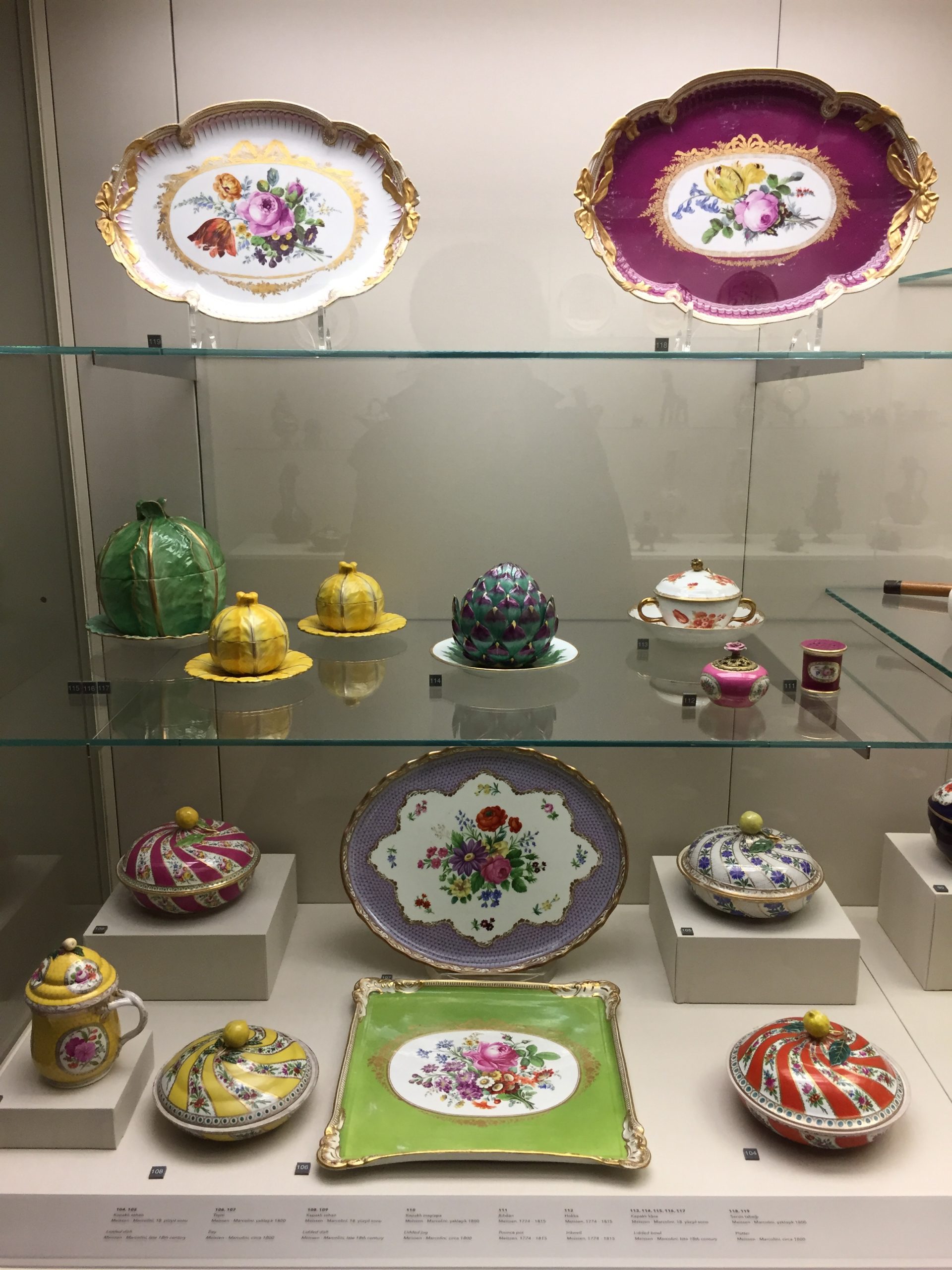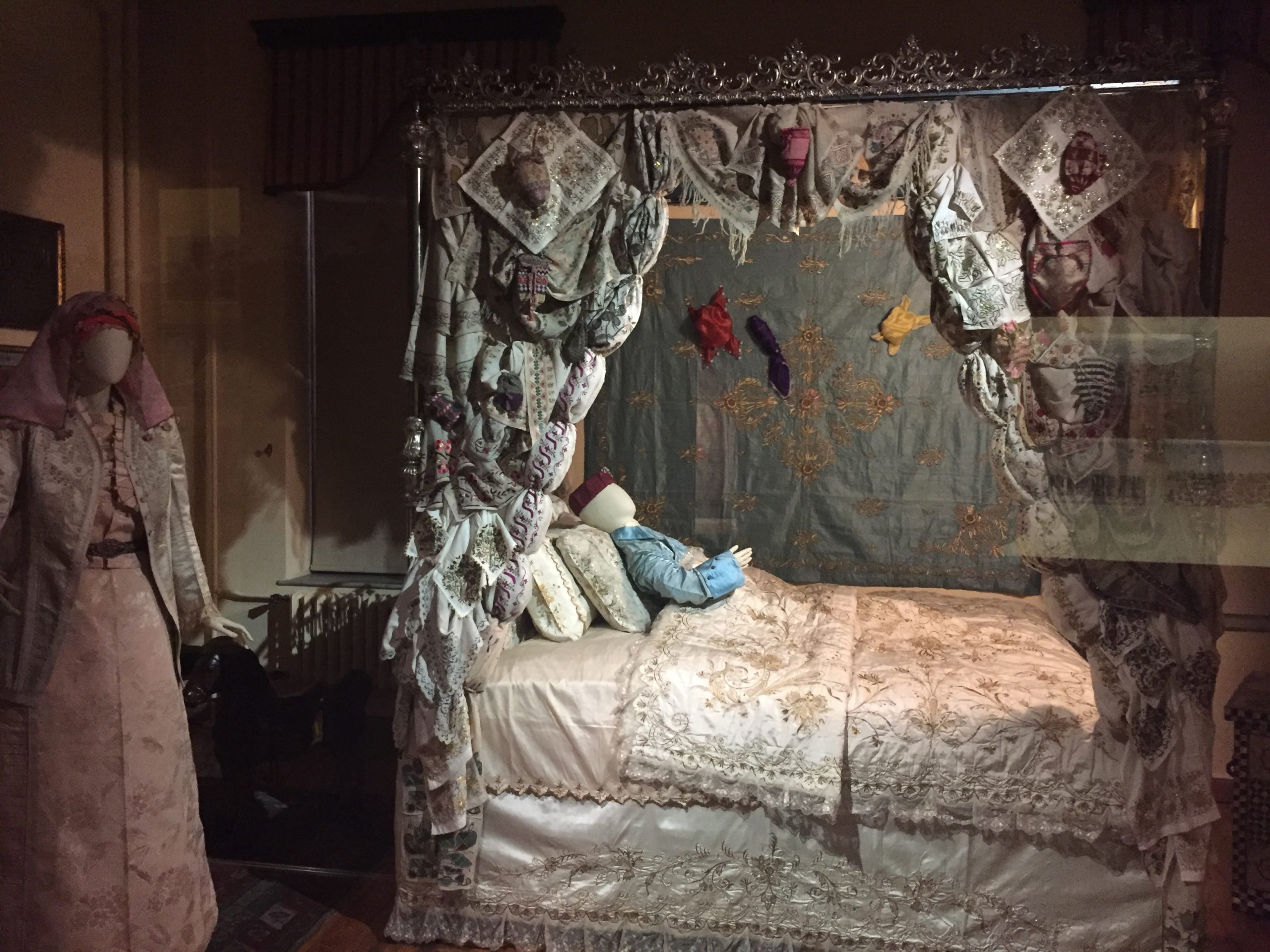Welcome to the second in a new series of Guest Posts from museum lovers around the world! Each post is like a mini-tour with an expert on a museum topic they’re excited about. So let’s get to know our guide:
Meet Jaimee Comstock-Skipp
Guest poster Jaimee Comstock-Skipp is a PhD candidate at Leiden University preferring to reside in Istanbul and Tashkent to finish up fieldwork and dissertation chapters. Her interests are in Persian-language manuscript arts produced outside of Iran, in Central Asia and the Ottoman realm.
What’s not to love about a museum occupying a late-Ottoman villa along the Bosphorus? From the ferry ride (which I hope visitors will take from the main touristy hubs of Eminonu or Besiktas ports in Istanbul), the Sadberk Hanim Museum is like the 19th-century domestic architecture that floats by as you travel up the waterway. Pastel, ice-cream colored paint jobs with white gingerbread trim makes one wonder what it might be like inside. Well! Step right in.
The left wing houses an archaeological collection spanning various civilizations passing through Anatolia: Neolithic/Bronze/Iran Ages through the Byzantine period. Among the highlights: a lamp in the form of a satyr from early 4th-century BC that looks like he’s about to launch into an epic kung fu battle (see illustration), eco-friendly/reusable earplugs (looking perhaps more like gilded earwax specimens; see illustration), and a wall of photographed terra cotta oil lamps with some kinky ones interspersed to hold your interest (no illustration provided for concerns of modesty).


The (post-Islamic) right wing contains objects from the wealthy Koç family who once inhabited the home. Madame Sadberk herself was quite the collector, and her acquisitions give a good overview of pieces from the Islamic world across multiple dynasties and regions. Another gallery contains rows of Iznik pottery and tiles from floor to ceiling (see illustration), and around the corner is a grouping of early-19th century crockery wherein you could put a whole cabbage inside the ceramic cabbage, or an artichoke inside the glazed artichoke on display. (See the illustration for this 3-D trompe l’oeil.) When the present author visited there was a display of Ottoman velvets and brocaded robes for (petite) noble ladies. In looking at the tiles and textiles of this part of the museum wing one is struck by the ambiguity of what is of European or Asian manufacture in the 19th-century exhibits on display. They are all from the heyday of Orientalism and Chinoiserie, after all.

Lastly, as any Turkish school child forced to visit the museum on a class trip or interested visitor will attest, the most memorable element of the collection is the Circumcision Room complete with mannequins in period silk fashion. A small boy in blue bedclothes rests under white satin bedsheets while little bags full of money, given by wealthy guests celebrating the occasion, adorn the curtains of his bedchamber.

How about this Turkish treasure? Share your thoughts in the comments section below or via the Contact page!
All photos kindly provided by Jaimee Comstock-Skipp.


